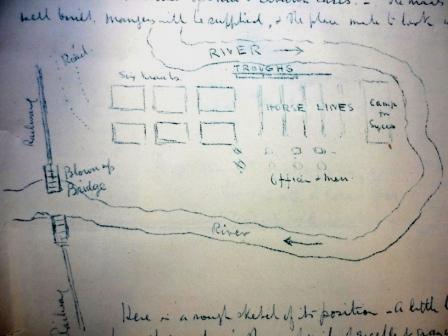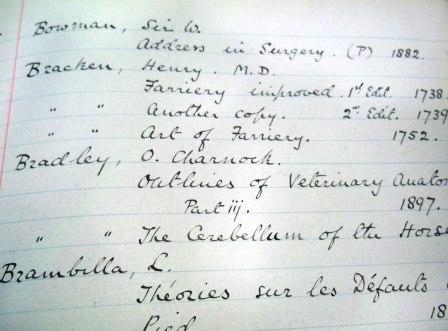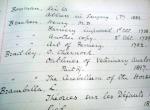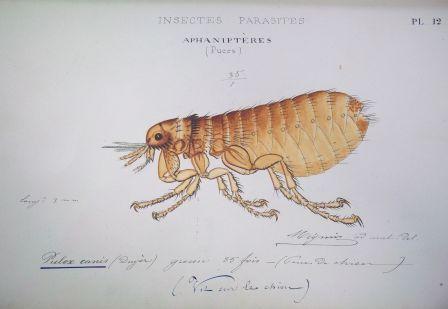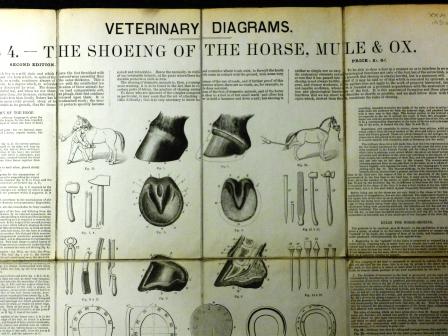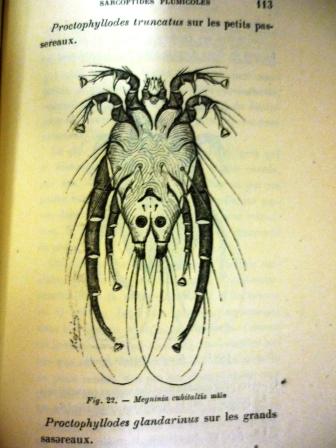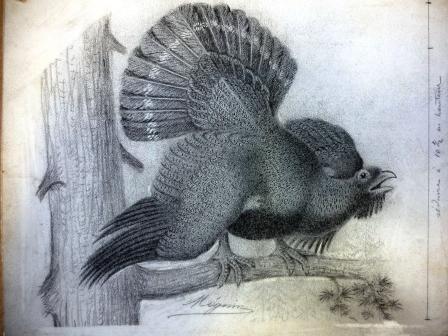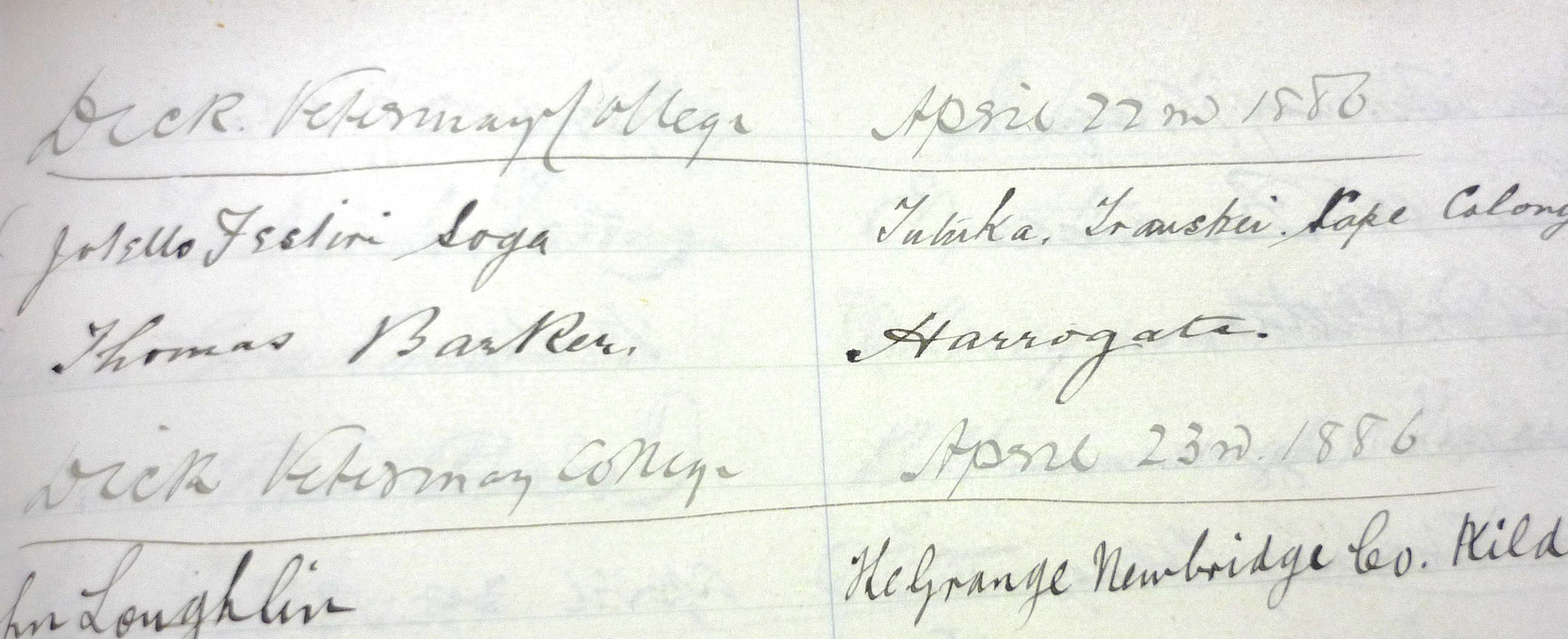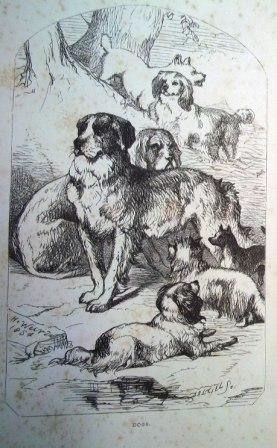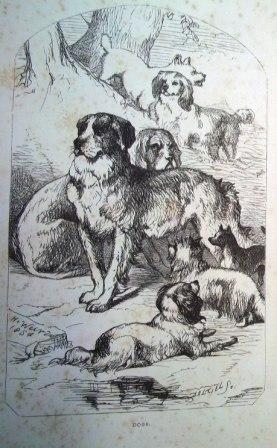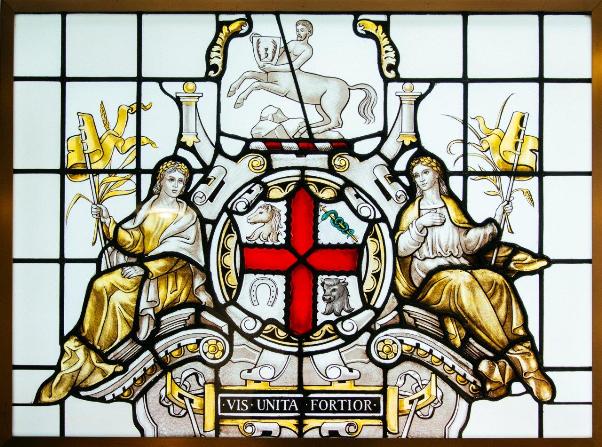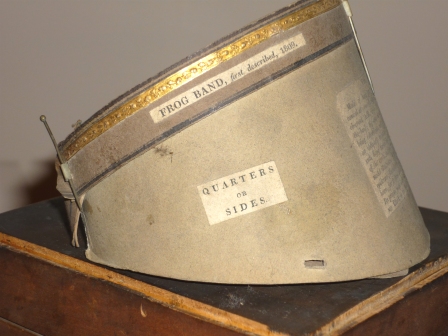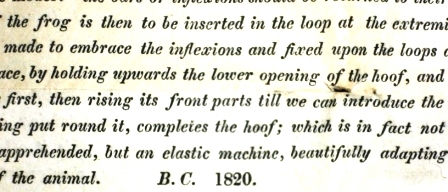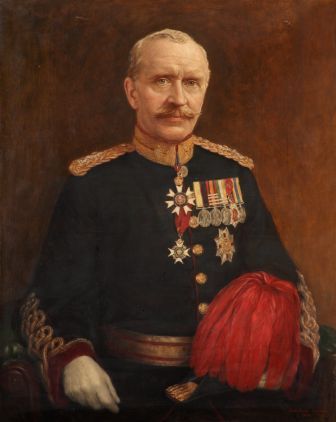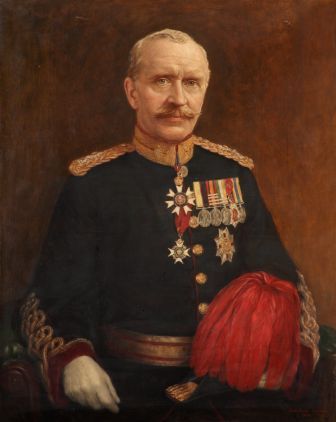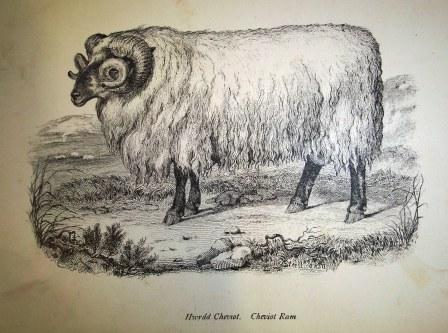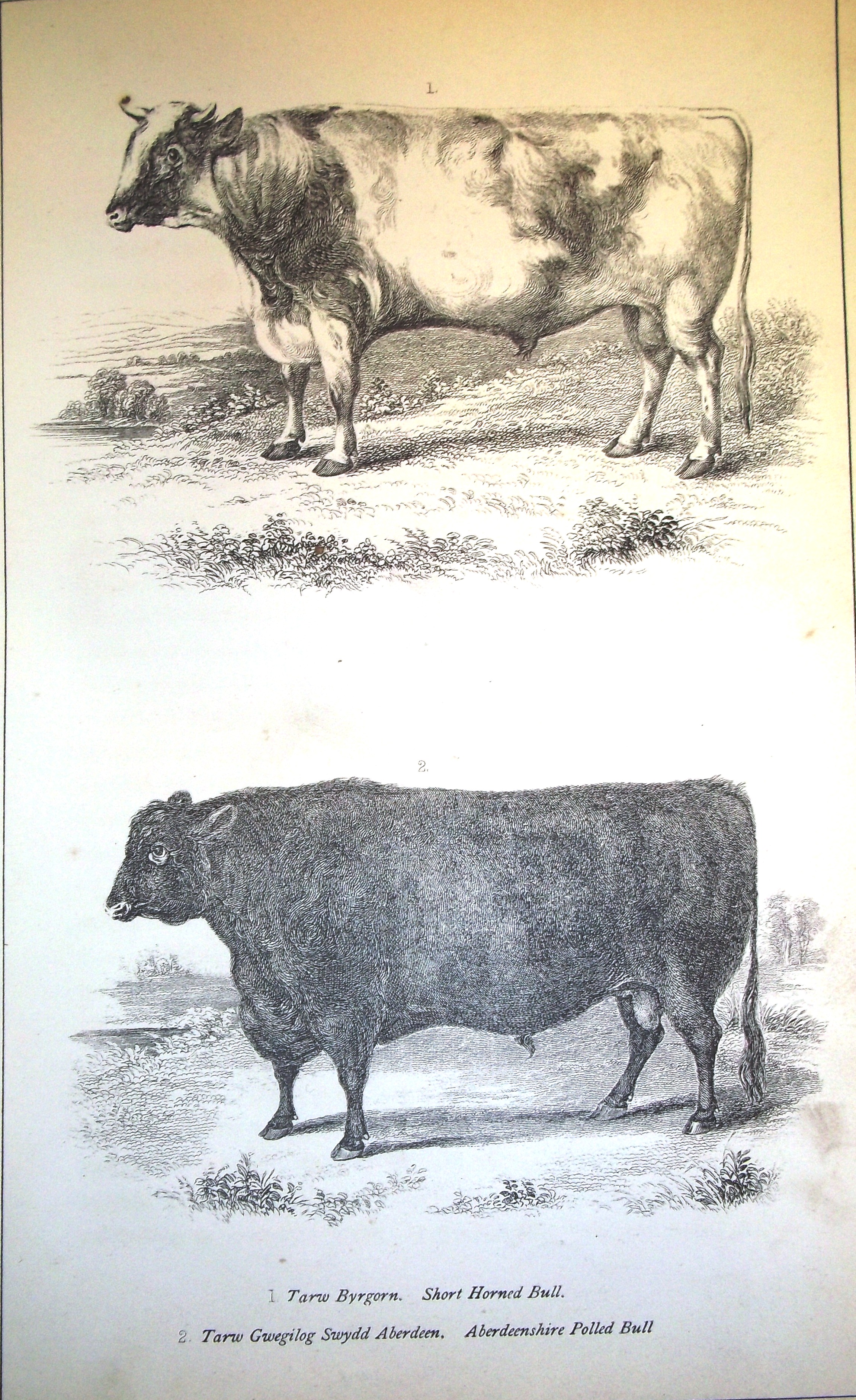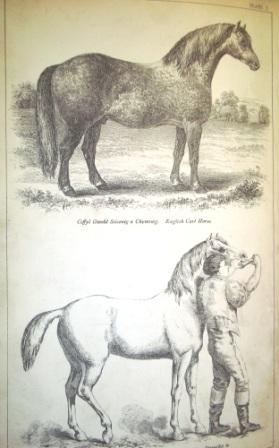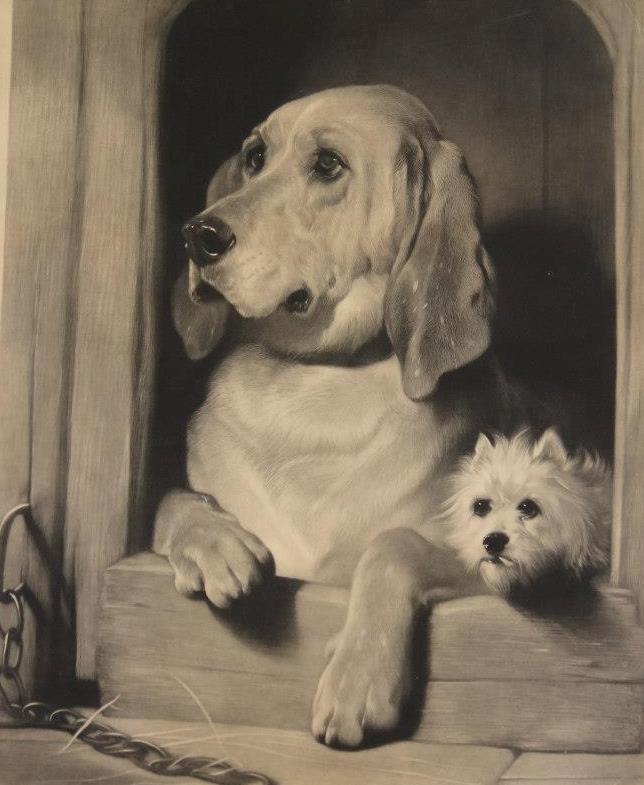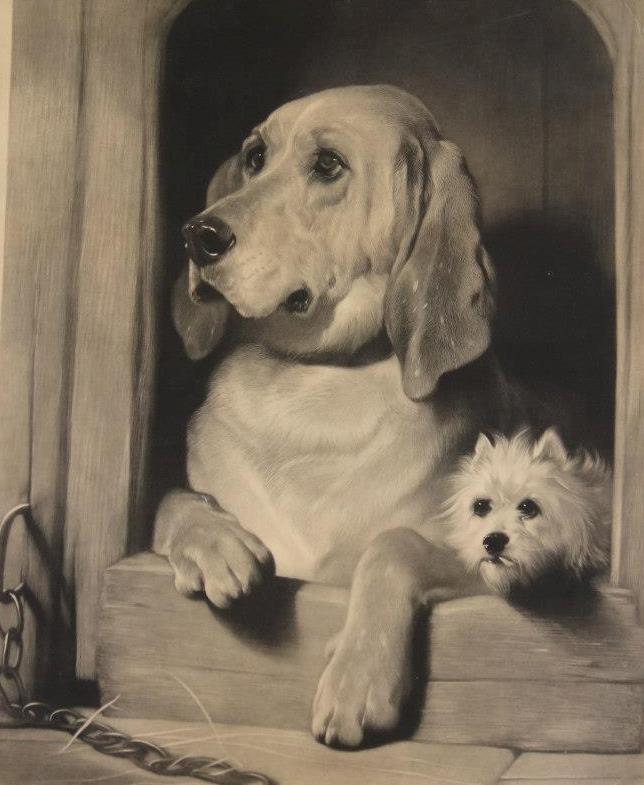South African War Diaries
In 1900, Frederick Smith was serving as a veterinary officer in the South African War. The entries in his official war diary for August of that year show that the focus of his attention at that time was on finding a new site for the veterinary hospital which he had responsibility for.
The hospital was full to capacity with horses suffering from glanders and sore back. On 13 August, Smith notes in his diary that in the previous week they had admitted 666 horses and mules of which 6 had died, 150 had been destroyed and 64 had been sent for duty. When added to the existing animals in the hospital this gave a total of 1011.
There were also some staffing difficulties to contend with, speaking of one of the hospital staff he writes:
“Clarke did not know a single case in the place, says he cannot remember them! I have given him one more chance.” [16 August]
However, in true British style, the main thing that was concerning Smith seems to have been the weather as it “rained the whole day” and “rained all night.” This was causing problems for the animals “the horses are over their fetlocks in clay. Walking can only be done by painfully putting each foot alternately in progression”. There was also an ever present threat of the imminent flooding of the hospital if the river rose much more.
On 30 August Smith took his Commanding Officer to see the two places he had identified as possible new locations for the hospital but these were ruled out because of “military considerations … the defences of the town are to be … contracted” which would have left them exposed to attack.
The CO identified another site which Smith didn’t like at all “owing to the difficulty of watering, the banks being nearly vertical & quite 50 feet above the river.” Fortunately the CO later changed his mind and rejected the site because it would have taken too long to prepare.
Finally on 1 September a new site was suggested on the north bank of the river. This met with Smith’s approval as it was surrounded by the river giving “complete protection in the event of an attack”, it had “sandy ground” and the low banks of the river “allowed water to be pumped up easily.” He rapidly planned the hospital drawing a sketch of what it would look like. It was to “have six kraals each holding 100 horses, and lines for another 400… the kraals will be well built, mangers will be supplied.”
Work started on 2nd September when Smith writes “Tomorrow and the whole of next week will be occupied getting the place right.” I hope it was compeleted before the weather got any worse!
These official war diaries, which cover the period 1899-1902, form a small part of the Frederick Smith Collection which also includes notes relating to his research and publications, reprints of his published articles, handwritten notes for his autobiography, photographs and notes relating to the Army Veterinary Service and letters written between 1877-1929.

